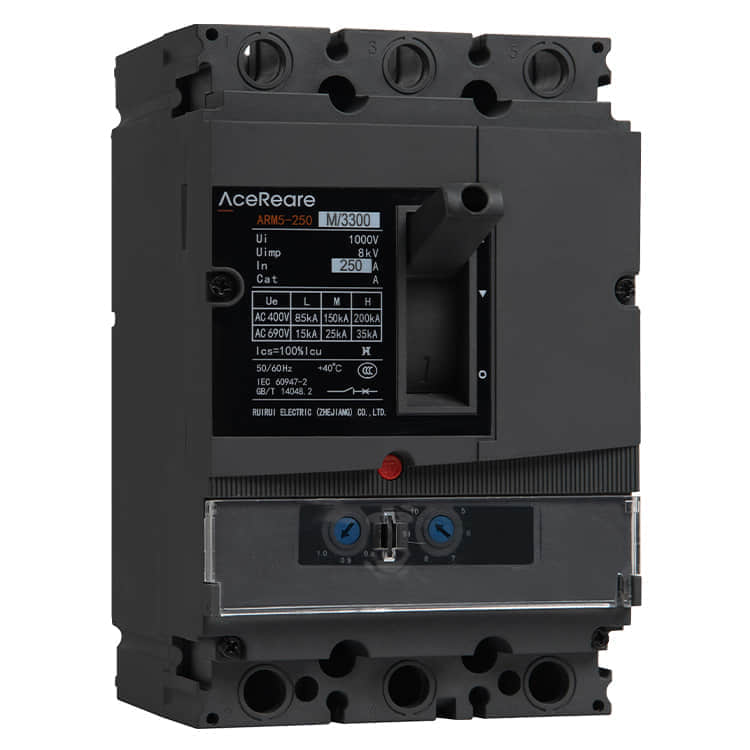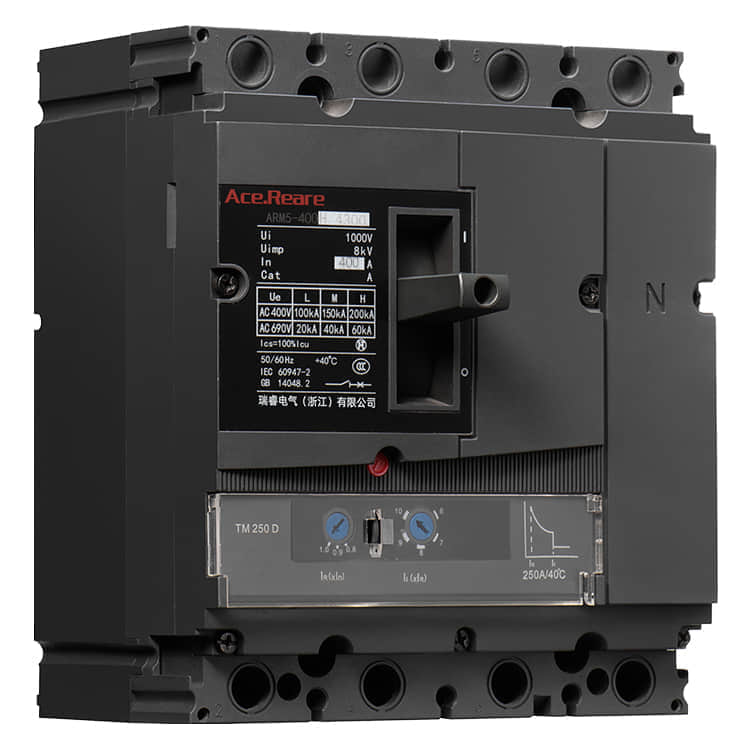In the realm of electrical engineering and power distribution, safety and reliability are paramount. To achieve these goals, technological innovations continually reshape the landscape of electrical circuit protection. One such innovation that has gained prominence in recent years is the Double-Breaker Moulded Case Circuit Breaker (DB-MCCB). In this article, we’ll explore the evolution, design, and advantages of DB-MCCBs in ensuring the safety and efficiency of electrical systems.

Evolution of Circuit Protection:

Circuit breakers have come a long way since their inception. Early models were simple, designed to interrupt circuits when excessive current flowed. As electrical systems became more complex, the need for improved circuit protection led to the development of MCCBs. These devices featured a compact, moulded case with an electromechanical mechanism for circuit interruption. Double-Breaker Innovation: The DB-MCCB represents the next step in this evolutionary chain. What sets it apart is the incorporation of not one, but two circuit interruption mechanisms within the same moulded case. This innovative design significantly enhances its performance and reliability compared to traditional MCCBs. Advantages of Double-Breaker MCCBs: Enhanced Interrupting Capacity:The presence of two separate breakers allows for higher interrupting capacities. This means DB-MCCBs can safely interrupt circuits with higher fault currents, reducing the risk of damage or fire in the event of a fault. Improved Selectivity:Selectivity is crucial in complex electrical systems, where multiple circuit breakers protect various parts of the network. DB-MCCBs offer improved selectivity due to their dual-breaking mechanism, ensuring that only the affected circuit is disconnected during a fault, minimizing downtime and maximizing system uptime. Redundancy:The redundancy inherent in the double-breaker design enhances system reliability. If one breaker were to fail or malfunction, the other can still provide protection until maintenance can be performed. Compact Design:Despite their dual-breaking mechanism, DB-MCCBs maintain a compact, space-saving design, making them suitable for a wide range of applications. Customization Options:DB-MCCBs often come with advanced features like adjustable trip settings, communication capabilities, and remote control, allowing for tailored protection solutions to meet specific system requirements. Ease of Maintenance:Maintenance is simplified as the double-breaker design allows for individual inspection and servicing of each breaker mechanism within the same case. Compliance with Safety Standards:DB-MCCBs are designed and tested to meet stringent safety standards, ensuring they can reliably protect electrical systems in diverse environments. Applications: DB-MCCBs find applications in various industries, including manufacturing, commercial buildings, data centers, and more. Their versatility, reliability, and enhanced safety features make them a preferred choice for critical electrical systems. Conclusion: In the ever-evolving field of electrical engineering, the Double-Breaker Moulded Case Circuit Breaker stands as a testament to innovation and progress. Its dual-breaking mechanism, enhanced interrupting capacity, and advanced features make it a crucial component for ensuring the safety and reliability of electrical systems in a wide array of applications. As technology continues to advance, DB-MCCBs will likely play an increasingly vital role in safeguarding our electrical infrastructure.
